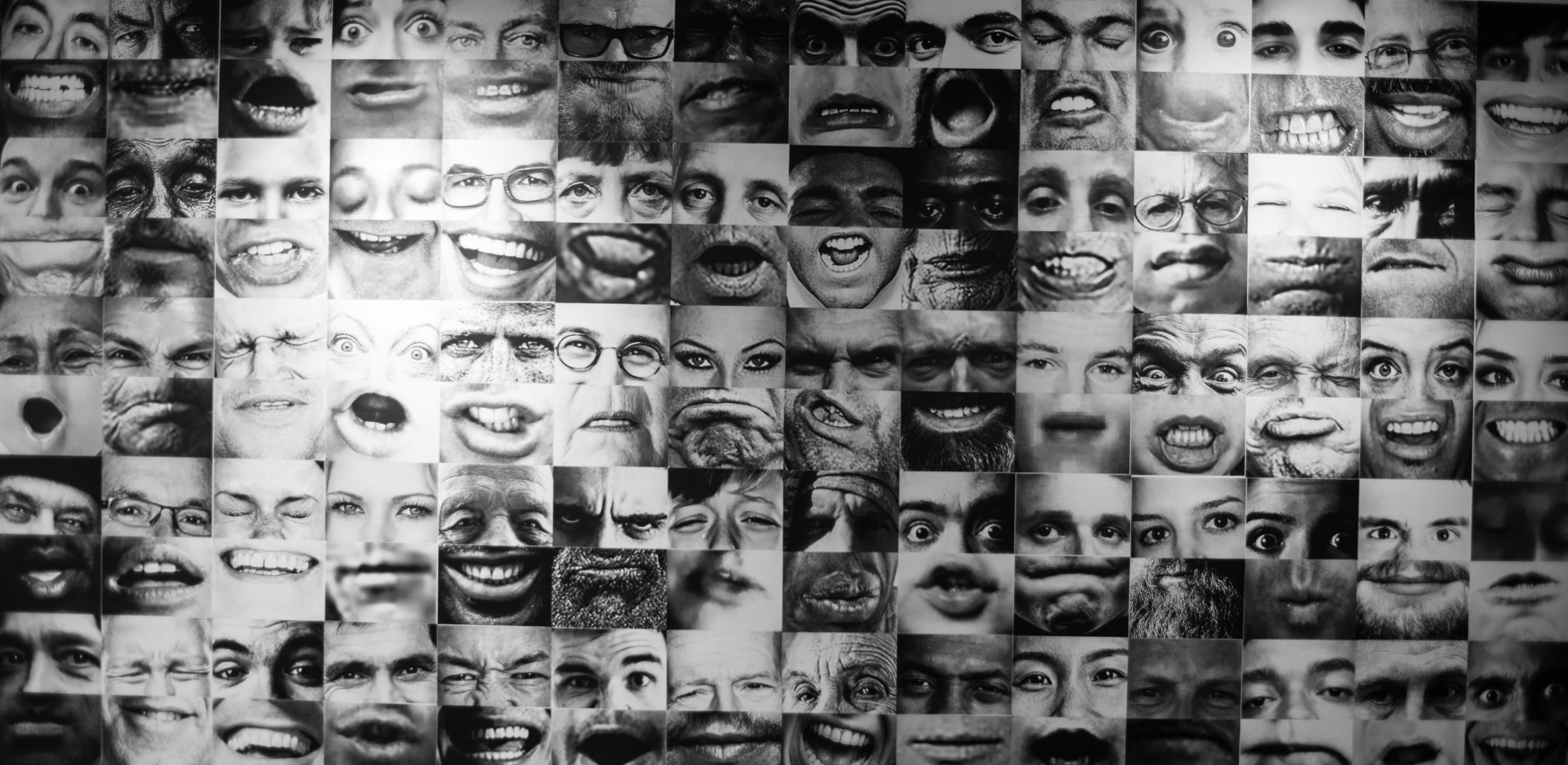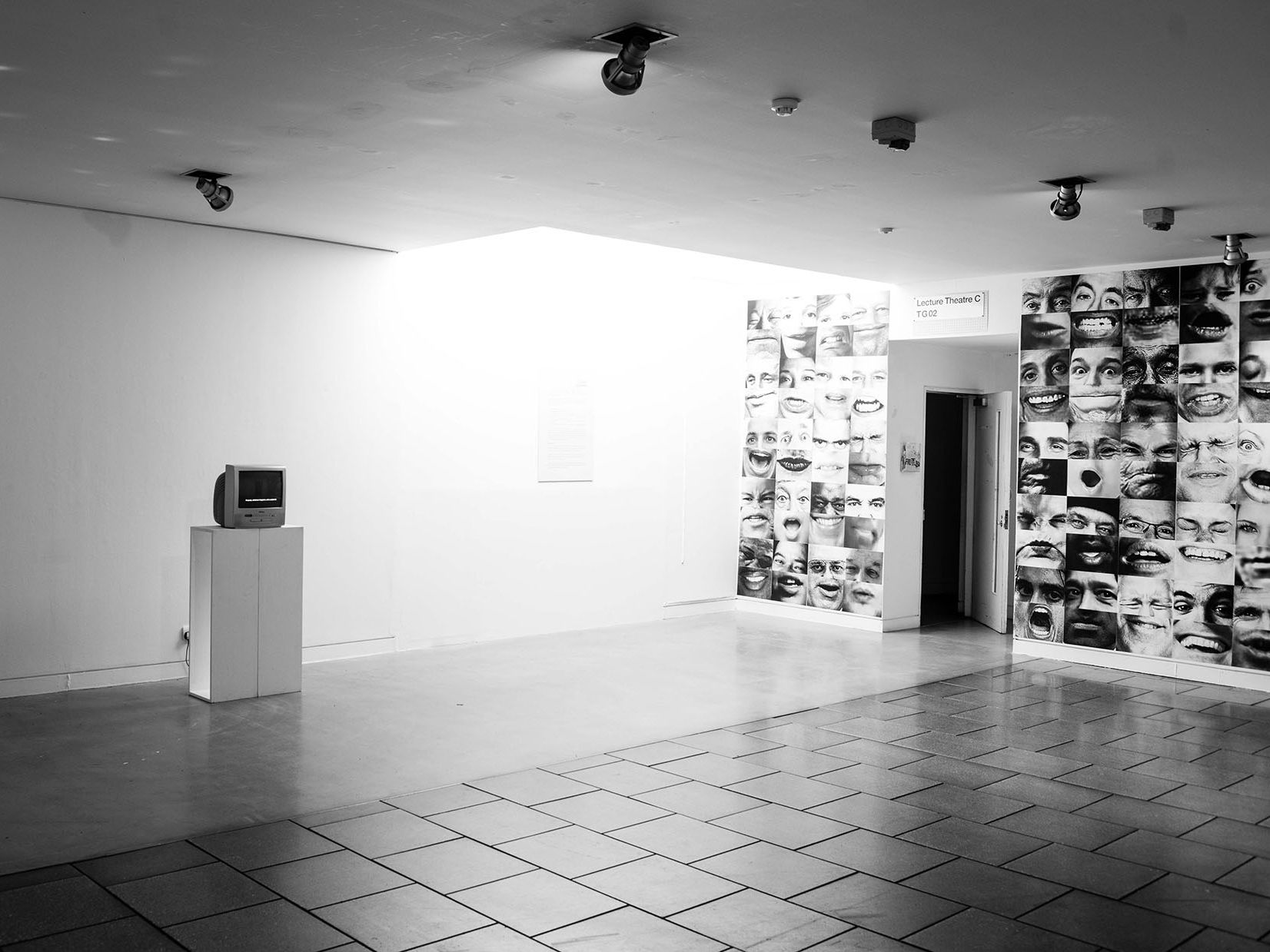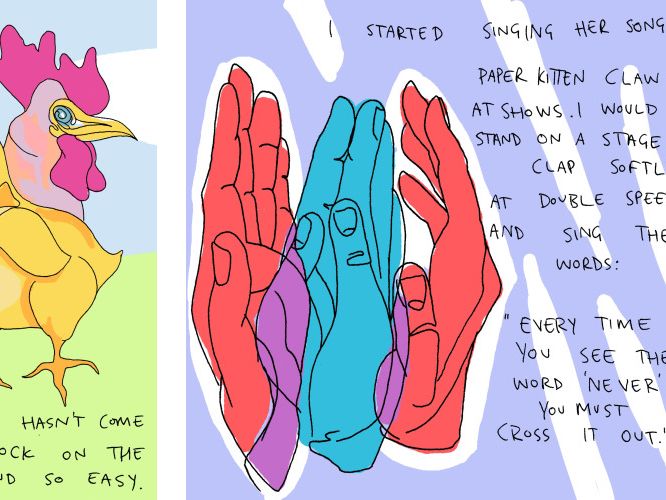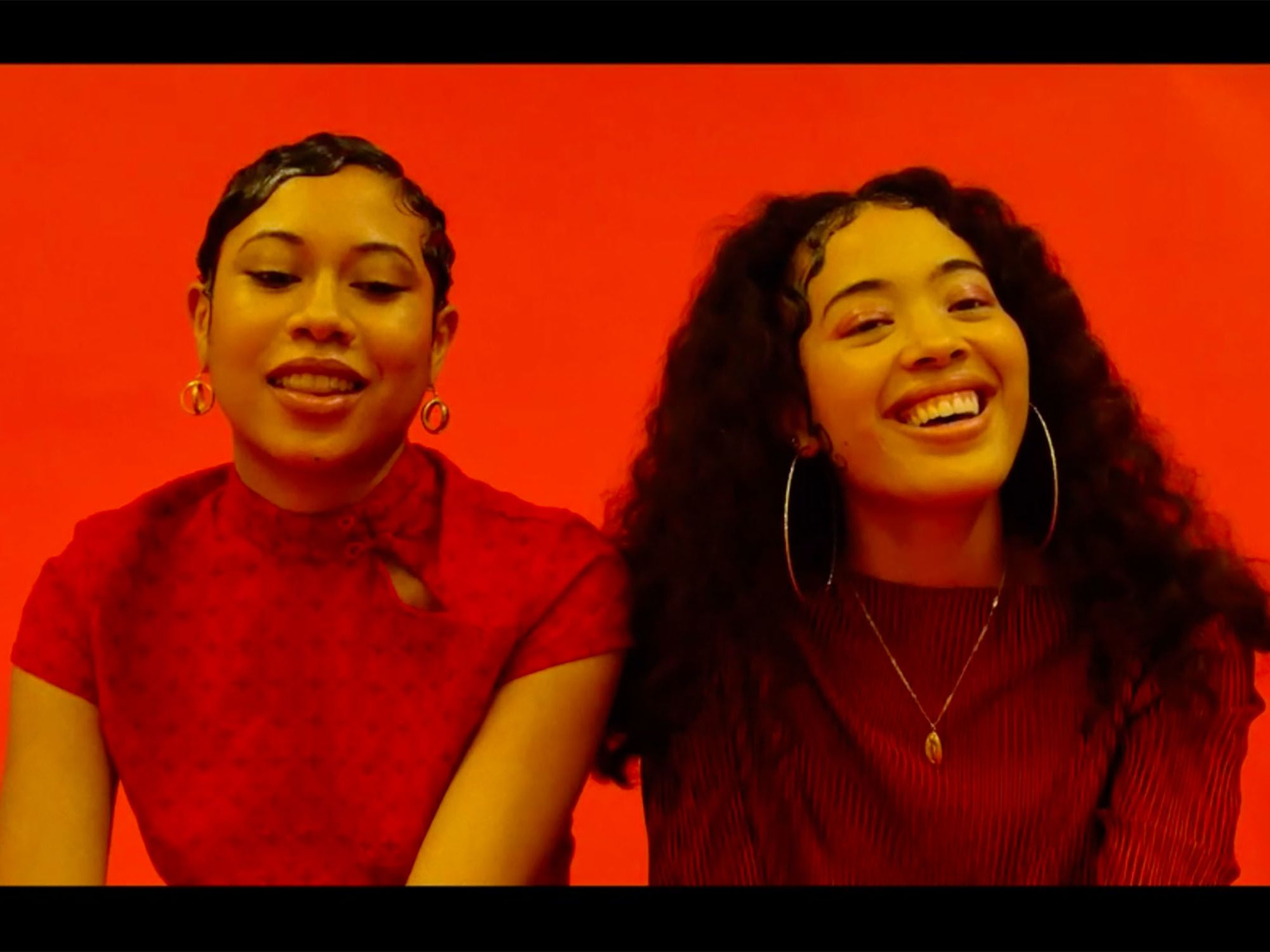My experience of exhibiting has been focused mostly on an exploration of the connection between the artistic medium and visualising stammering. I’ve held two exhibitions so far, both which have been very well received by a mixture of audiences. As a follow on to my previous ‘How to’, I hope this piece ties up any loose ends from my first piece of writing and shows my tips for curating and exhibiting in action!
The gallery shows a collection of photographic pieces which explore the relationship between artistic practice and stammering, in an attempt to explain what stammering is. All the works have featured in 2 exhibitions, 'Hiatus' and 'Judged Response.'
Stammering is something which has affected me for most of my life, since the age of five. It can be described as ‘a tense struggle to get words out. This makes it different from the normal non-fluency we all experience which includes hesitations and repetitions. Commonly it involves repeating or prolonging sounds or words, or getting stuck without any sound (silent blocking). Sometimes people put in extra sounds or words. Often people lose eye contact.’ (British Stammering Association). As a result, this topic is something I’m perhaps over familiar with and would make a lot of sense to create work about. An exhibition, even better, because stammering is a ‘condition’ which people know very little about and allowing the artistic medium to visualise what stammering is in an easy, accessible, public way is great for making stammering less of a stigmatised thing.
Judged Response – the first of its kind
The first exhibition, was titled ‘Judged Response’, and took place at London College of Communication. This was the first exhibition focusing on stammering and art that celebrating the differences of people who stammer. This demonstrated these differences and challenges through the medium of art, which has no boundaries, as you are not bound by what you can utter. The visual nature of the artistic medium allows for freedom of expression which people who stammer may struggle with otherwise. This was our idea and vision.

I say ‘our’, I collaborated with two others on this public exhibition, one who is also a person who stammers, Shahram Saadat and one of my close friends, Errin Yesilkaya. The exhibitors worked extremely successfully together with one another, with two providing a direct stammering focused response and one who saw another outlook to what stammering is and other forms of representing it. Having a team with differing approaches to a similar subject matter was tremendously beneficial to creating an exhibition which was varied, challenging and thought provoking in multiple ways. We had the show in a Gallery Space at LCC, which was for free in an arrangement with the Students Union who were supportive of our efforts.
In my first 'How to', I speak of the need to host events surrounding an exhibition. For ‘Judged Response’, a Question and Answer public discussion seemed like a logical event to hold as I predicted that lots of questions may come up and as this was a newly formed connection, discussion would be fruitful and exciting. It sure was. With a Q&A panel made up of the exhibitors plus two others representing the British Stammering Association and Stammerers Through University Consultancy, it provided useful context for the visitors and a platform for those who stammer present and not to discuss the resulting thoughts of the pieces in an open forum. This helped us to gain an interested, large audience at our Private View. As this show was the first of its kind, those who visited the exhibition were extremely impressed and the most frequent reaction I received was ‘this is the start of something’. This is one of the moments where I realised that my artistic practice may benefit from focusing on art and visualising stammering.
Hiatus – developing on success

Instead of having exhibition text on walls, the addition of a handout to limit the amount at which people had to read whilst going around was one of the reasons behind producing this A3 information sheet. At one stage, we were intent on not letting people know of the context behind each work until the end of the exhibition.
This provoked us to exhibit again shortly afterwards, bringing in another artist, Sophie Hambling, who complimented the group very well, adding a more scientific visualisation of the stammer as well as collaborating with Shahram on an abstract video piece. All of which led to an exhibition titled ‘Hiatus’ at the Triangle Space at Chelsea College of Arts.

This work, as part of Hiatus began to decipher what is mandatory with verbal interaction, featuring the photographs of a sitter who is a person who stammers. The photographs taken during a 2-hour photo shoot were taken at random points during the conversation. The images being printed on acetate alludes to a space between the photographer and sitter, seen as something that is conceived through conversation and not physical.
‘Hiatus’ was much all of our second exhibition so the exhibiting team were much more in tune with how to put together such an event. ‘Hiatus’ definitely was a more curated, and generally more thorough in its approach to presenting and conveying a message, meaning that the preliminary planning was more effective, particularly focusing on curating the space and working out which pieces work well alongside each other and how visitors would move around the space. The nature of the space was triangular in space, so we decided to make use of the 2 out of the 3 corners for 1 work which relied on lighting and another which was moving image. Dealing with the space you’re given is definitely a skill you will acquire as you may begin to host your own shows, making it show your work in the best possible way.

This moving image installation part of Hiatus is a representation of distorted colour in an abstract form. The sea green colour is considered to be a colour which is soothing and liberating for those with speech difficulties. It is also the colour worn on International Stammering Awareness Day, when people who stammer come together to raise awareness of what it is to stammer and raise vital funds for associated charities.
We originally did have an idea to take visitors around in a particular direction around the space, not letting the visitor be aware of the contextual information of the exhibition until the end, allowing for independent thought and contemplation until the final moment. Admittedly, this exhibition was not as well attended as ‘Judged Response’, perhaps because of its timing, publicity not being effective enough or not hosting particular special events surrounding the show. These mistakes are easily learnt from.
These exhibitions are part of an ongoing enquiry into stammering and art, and the connections between them. There’s a clear need for this issue exist within the public realm, this is the main motivation for taking our own initiative as a collective and pushing forward with these ideas.
This could be you too. If you can think of something which can be explored through artistic practice, an exhibition showcasing this work is an awesome way of doing it. Alternatively, your practice, which may vary from theme to theme, is worth showing. Start small, it may be a pop up exhibition at your mate’s flat? Whatever it is, it will be good, believe in what you’re exhibiting, make it look decently presented and invite folks. People will come.
Want to find out more about student experiences with exhibiting?
Read Rory’s first part:
















